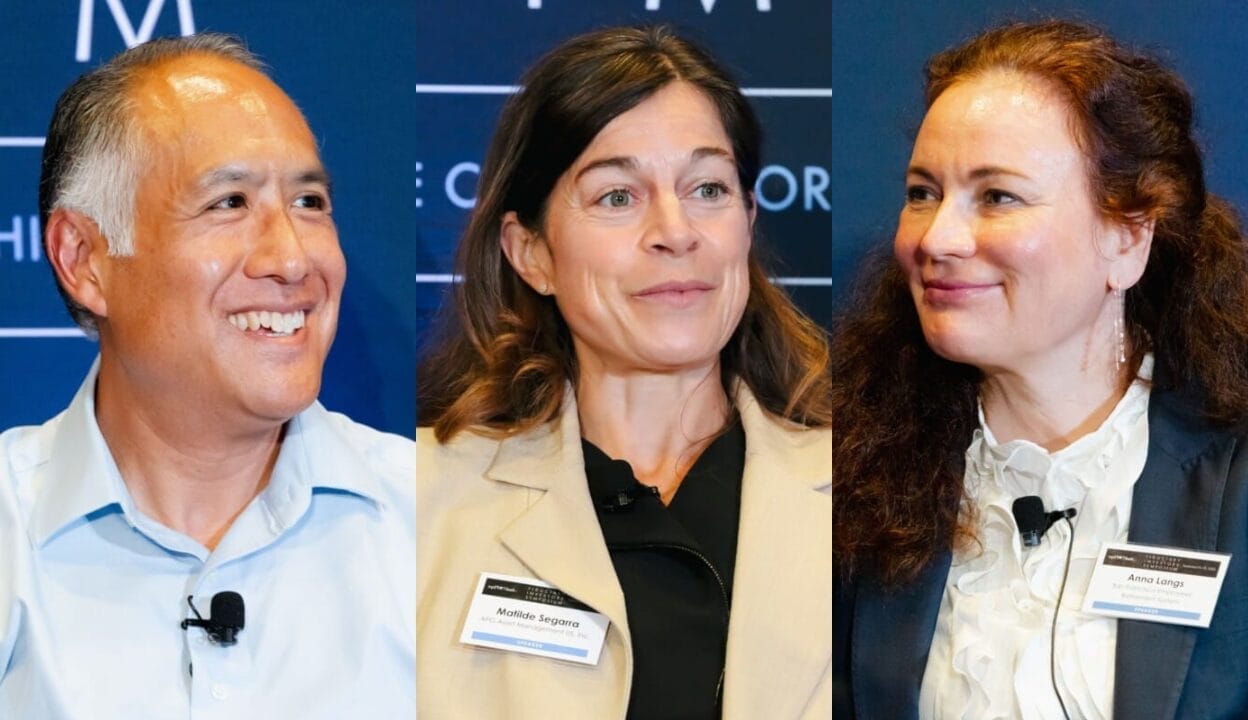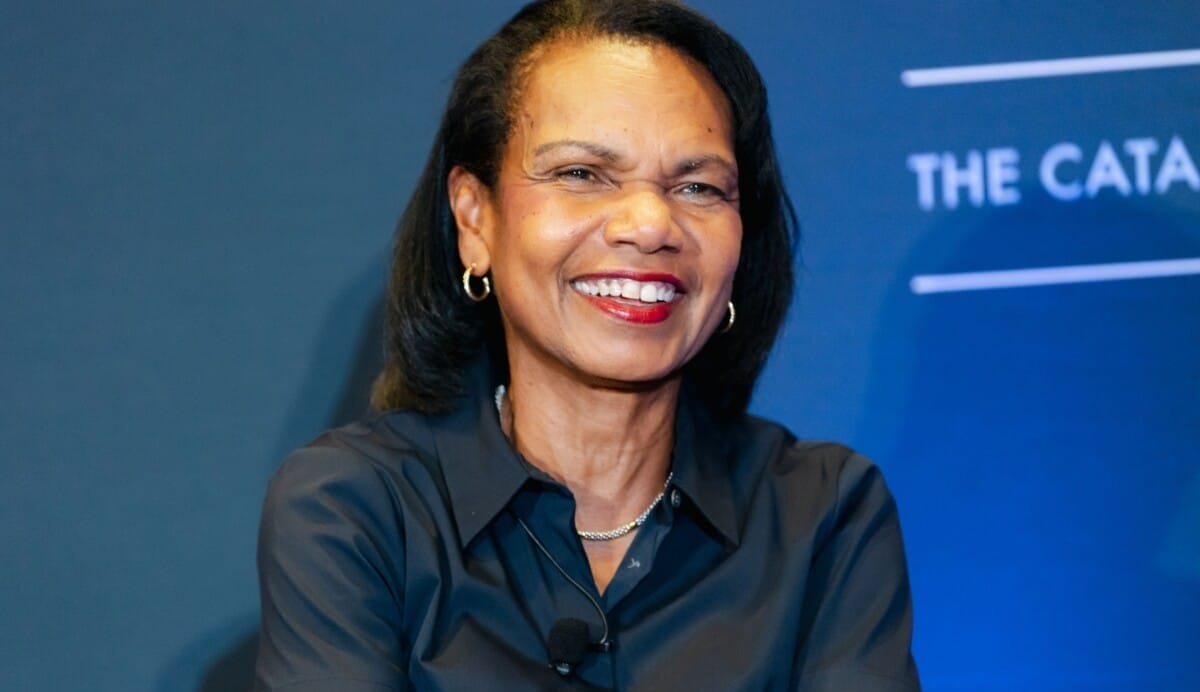Funds are operating in an extraordinary social and economic environment, with Scott Chan, chief investment officer of CalSTRS, saying he has never witnessed so many “large shifts stacked on top of the other” in his investment career. Amid the change, investors are increasingly shifting to a scenario and regime-based approach to asset allocation.
At the Top1000funds.com Fiduciary Investors Symposium, Chan – who took over the top investment job at the $374 billion CalSTRS a little over a year ago – said the fund had moved to a more defensive position ahead of Liberation Day in April, expecting a higher probability of a recession in the US than what was priced in.
“That meant increasing the more diversifying elements of our portfolio – fixed income and hedge funds – and raised cash. We felt pretty good as the market was going down.
“I tell the team that this was actually a highlight of the year, because one of the things that’s unique to CalSTRS is we have about 44 per cent of our assets allocated to private markets and alternatives. So liquidity management is becoming very key to this environment.
“To ballpark, we probably have to have something like $35 billion in liquidity if we go into a correction… we actually were in position in front of what we thought could have been a correction with enough liquidity.”
However, Chan acknowledged the approach has its risks: the defensive position cost around one basis point of performance during the subsequent market recovery and the team needed to “trade up quickly”, he said. “But I’ll take that, because I think we were ready again in front of what we thought could be something way different, like a crisis might have ensued, or a recession.”
Sentiment shifts
Anna Langs, managing director of asset allocation, risk management and innovative solutions at San Francisco Employees’ Retirement System, said the fund has similarly been strengthening its liquidity management. Around half of the fund’s assets are allocated to private markets, but it also has close to a 10 per cent allocation to hedge funds, which Langs said provided both return and liquidity during COVID when the two traditionally liquid asset classes – equity and fixed income – failed to support the liquidity needs.
Matilde Segarra, president and US chief executive of the $722 billion APG Asset Management, said the Dutch fund is also focusing more on regime analysis to inform more dynamic and nimble asset allocation.
One big question the fund is grappling with now is how it approaches geographical diversification. Investors are rethinking their US exposure due to nervousness around debt and deficit, but Segarra pointed out that the problem is not unique to the world’s largest economy: “there are a lot of indebted governments around the world”, she said.
What she is really worried about is whether investors’ sentiment towards a certain country is increasingly dominated by short-term events.
“I am very worried about sentiment at the moment. What I mean by that is if I see the conversations that are going on in the company – again, I work for a firm that has offices across the world – I really see that the Europeans look at the United States right now with angst and scepticism,” she said.
“And American colleagues that feel constantly attacked at the moment by the questions that they get from their European counterparts, are constantly pointing out that Europe isn’t growing enough and that Europe has an innovation problem.
“I see almost that the polarisation that you see in society and in political systems across the world is also happening in my organisation on a small scale.
“We’re supposed to be long-term investors, and I see that the conversations at even the highest level of the company, are conversations driven by sentiment and with a lot of short-term emotions dominating the dialogue… at some point that is going to affect the quality of decision making.”
Amid geopolitical and economic uncertainty, CalSTRS’ Chans said investors should always be ready to pivot their strategy as a “bulletproof” investment now could unravel very quickly should capital or ownership control policies get enacted in different countries. To do that, the fund is applying a total portfolio approach in its investment process so that it can “map the total risk exposures” better.
“With the geopolitical risks and the issues around governments becoming more involved, as well as all the other risks we describe, we could be in for a lot more volatility.
“So we have to have a team in a design where we can get more diversified or dynamic, but also be able to trade up quickly too, which I think is something that, if I looked over the past couple decades, wasn’t as necessary.
“We have been exposed to growth investments, and that’s worked rather well. I don’t think you want to be out of growth… but I’m similarly worried about how quickly that might disrupt other industries. We’re looking through our portfolio and asking ourselves the question of what do we need to sell here? Alongside the question of what we’re buying?”


